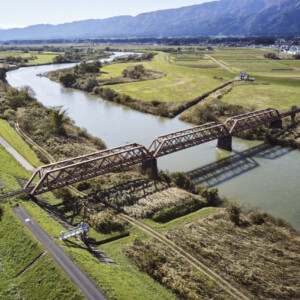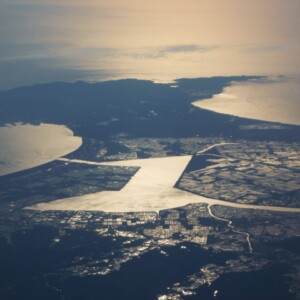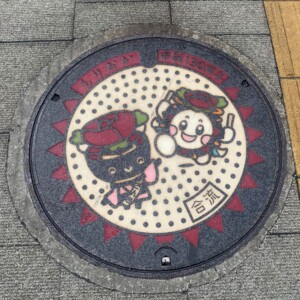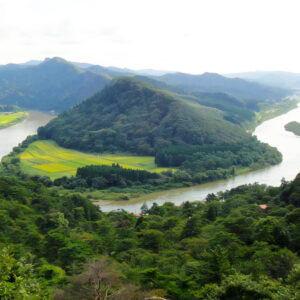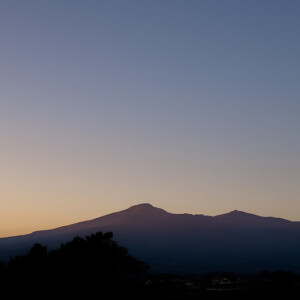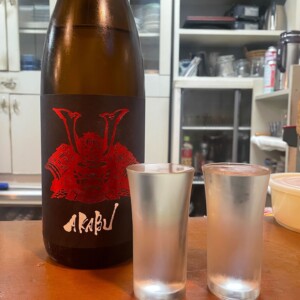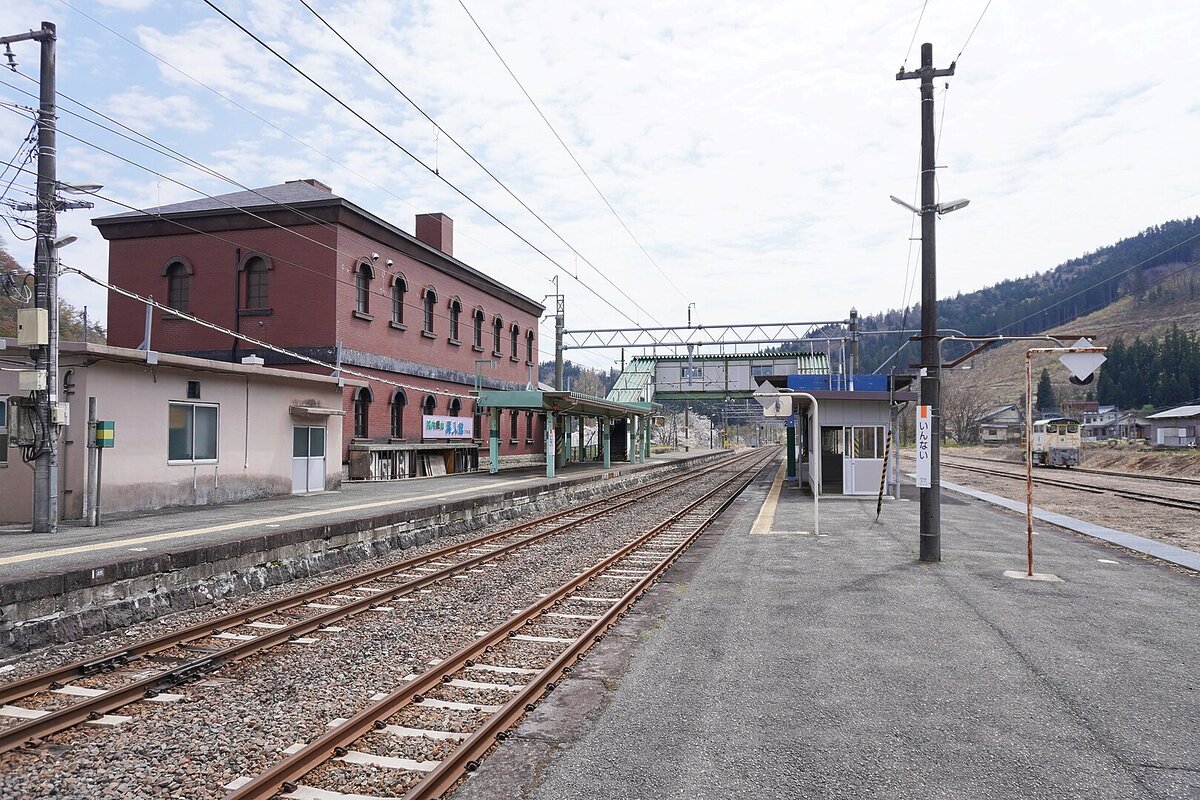
"Train" can no longer run! ? What is "non-electrification" on the Ou Main Line? [Akita/Yamagata]
table of contents
In railways, "electrification" refers to the ability to supply electricity to rolling stock through methods such as laying overhead wires (wires) above the tracks.
In general, vehicles that run on railroad tracks tend to be called "trains," but as the name suggests, a train is a vehicle that runs using electricity as its power source.
Therefore, trains can generally only run on electrified lines.
In the past, steam locomotives ran on non-electrified lines, but as time progressed, diesel locomotives and diesel cars, which run on light oil, came to be used.
Now, what we will be talking about this time is a section of the Ou Main Line that connects the four prefectures of Fukushima, Yamagata, Akita, and Aomori in the Tohoku region, which is undergoing ``non-electrification,'' which is the opposite of electrification and will prevent trains from running. It's about being there.
What is the Ou Main Line?
The Ou Main Line is a 484.5km line of JR East that runs from Fukushima Station in Fukushima Prefecture, via Yamagata Station in Yamagata Prefecture, Akita Station in Akita Prefecture, and Aomori Station in Aomori Prefecture.
In the past, this line formed the fastest route from the Tokyo metropolitan area to Akita Station, so trains such as the limited express "Tsubasa" and express "Oga" connecting Ueno Station and Akita Station in Tokyo, as well as trains via the Ou Main Line, Limited express trains such as the sleeper express ``Akebono'' and the express ``Tsugaru'' were operated between Ueno Station and Aomori Station.
The Ou Main Line, an important trunk line that runs through four prefectures in the Tohoku region, was electrified shortly after the war, allowing trains and electric locomotives to run on it.
First, in 1949, the area between Fukushima Station and Yonezawa Station, including the notoriously difficult Itaya Pass, was electrified.
After 1960, electrification progressed in other sections, and in 1975, electrification of all sections of the Ou Main Line to AC 50Hz, 20,000V was completed.
The significance of the electrification of the entire line was significant, and the 485 series train, which could be said to be the representative of the limited express trains of the JNR era, was introduced to Tsubasa
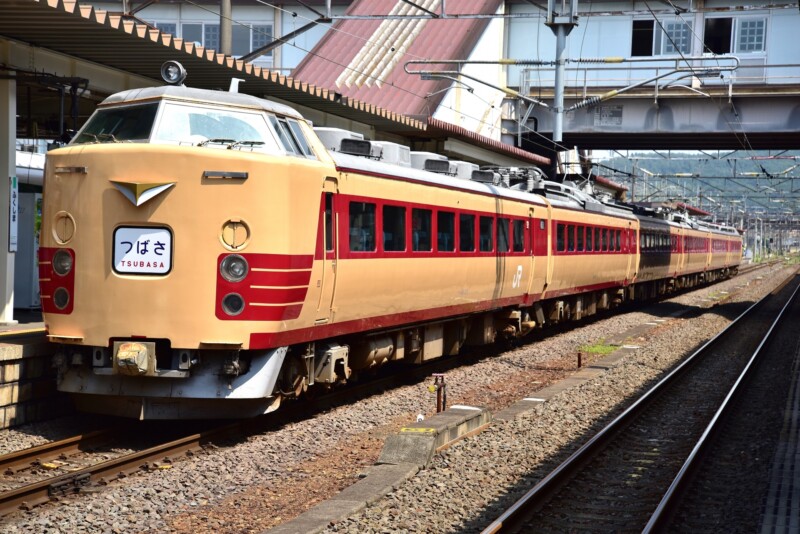
A major turning point for the Ou Main Line was the opening of the Yamagata Shinkansen in 1992.
In order to allow Shinkansen trains to pass, the gauge (the spacing between two rails) of the track between Fukushima Station and Yamagata Station on the Ou Main Line has been changed from a narrow gauge of 1,067 mm, which is the general gauge of conventional lines, to a narrow gauge of 1,067 mm for Shinkansen cars. It was expanded to a standard gauge of 1,435 mm, which was compatible with the .
Naturally, conventional narrow gauge vehicles cannot run on tracks converted to standard gauge.
The effect of allowing the Shinkansen to run directly from the Tokyo metropolitan area to Yamagata is significant, but on the other hand, the role of the Ou Main Line, which provides direct trains between the Tokyo metropolitan area, Fukushima, and Akita, Aomori, is Lost from time.
The Yamagata Shinkansen was extended from Yamagata Station to Shinjo Station in 1999.
Therefore, the gauge in this section is now standard gauge.
Komakusa " used to run
between Yamagata Station and Shinjo Station/Akita Station It has become. The rapid train ``Komakusa'' was also abolished in 2002.
Additionally, Akita Shinkansen trains are currently running on the Ou Main Line between Omagari Station and Akita Station in Akita Prefecture.
However, this section is double-tracked with two tracks, one of which is narrow gauge and the other standard gauge, so narrow gauge vehicles will still be able to access it.
Disaster damage and “non-electrification” between Shinjo Station and Innai Station on the Ou Main Line
Heavy rains that began on July 25, 2024 caused widespread damage in the Tohoku region, and multiple railway lines were also damaged.
On the Ou Main Line, the 45.8km section from Shinjo Station in Shinjo City, Yamagata Prefecture to Innai Station, the southernmost station in Yuzawa City, Akita Prefecture, is still suspended (January 2025).
At present, it has been announced that operations will resume before Golden Week in 2025.
It is also clearly stated that the affected section will not be restored to its original state, but that power equipment such as overhead lines will be removed.
It's the opposite of electrification, it makes the line non-electrified, so maybe it should be called non-electrified.
The state in which all lines of the Ou Main Line have been electrified, which has been maintained for 50 years since 1975, will be resolved.
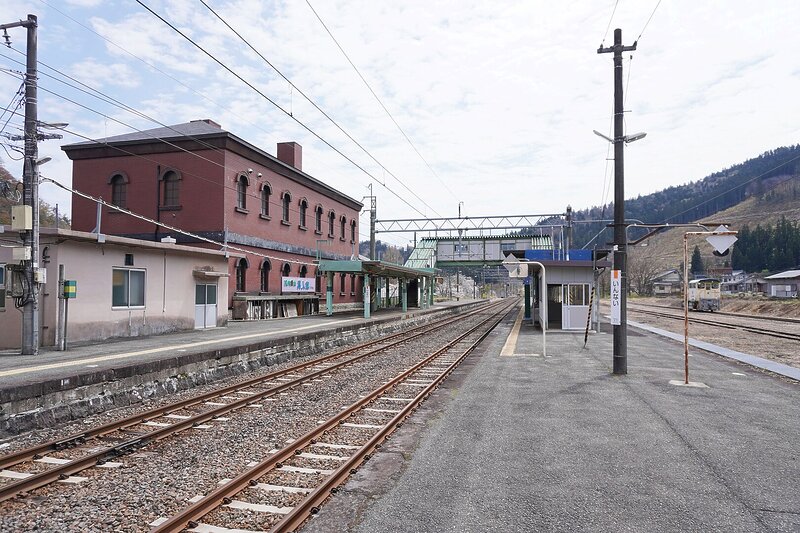
Author: Mister0124 – Author's own work, CC Attribution-ShareAlike 4.0,
https://commons.wikimedia.org/w/index.php?curid by =147753183
JR East has stated that the reason for restoring the section between Shinjo Station and Innai Station by non-electrifying it is that it is ``sustainable and will enable faster recovery even in the event of a disaster.''
The content of this statement itself can be said to be reasonable.
Once the power equipment is removed, there will be no need to restore the power equipment the next time a disaster occurs, which will shorten the time required for restoration and reduce the cost required for restoration.
Additionally, since there is no need to maintain and manage power equipment, the corresponding manpower and costs are also eliminated.
The disadvantages of going non-electrified are, of course, that trains will not be able to run, and that trains will not be able to connect directly from other sections.
However, as mentioned above, the role of the Ou Main Line in providing direct train access over a wide area has already been lost.
The area south of Shinjo Station has been changed to standard gauge for the Yamagata Shinkansen, so there are no trains that run across Shinjo Station in the first place.
In addition, the area particularly affected by the disaster, between Shinjo Station and Innai Station, passes through the prefectural border between Yamagata and Akita prefectures, and there is little demand for movement, and to be more precise, the distance between Shinjo Station and Yuzawa Station is 1 km per day. The number of passengers per train is announced to be 291 in 2023.
If the number of users is this small, the demand for direct transportation between the affected section and the section north of Innai Station is not considered to be large
(as a result of the de facto separation of the Ou Main Line by the Yamagata Shinkansen, the demand for transportation has decreased. There is room for debate as to whether it has actually decreased.)
The decision to remove power equipment even if it makes direct train operation impossible is understandable.
Reference ①: About the restoration status and operation outlook between Shinjo and Innai Station on the Ou Main Line
Reference ②: Disclosure of management information (for fiscal year 2023) for lines with little use.
What will happen to train service once operations resume?
In the pre-disaster timetable of March 2024, there were almost no trains that operated solely within the section between Shinjo Station and Innai Station, and most trains that ran through this section ran between Shinjo Station and Akita Station. It was operated as a direct train.
Also, as a matter of course, most trains were operated by electric cars, with only one round trip per day using diesel cars.
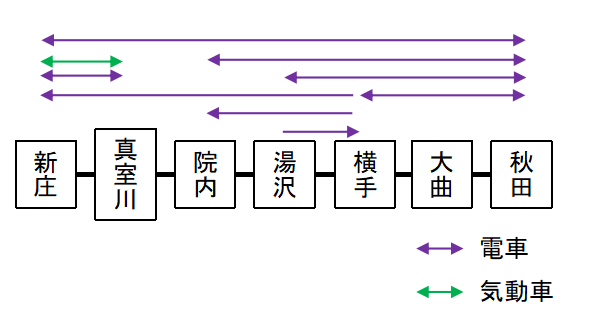
However, if the section between Shinjo Station and Inai Station becomes non-electrified, trains that run across Inai Station will naturally no longer be able to be operated by train.
There is a non-zero possibility that trains will be operated by diesel cars from Shinjo Station to Akita Station, but trains can be used in the section from Innai Station to Akita Station, so it would be inefficient to use diesel cars.
Therefore, it is unlikely that trains will run to Akita Station at least as many times as before the disaster (7 round trips per day).
It is expected that the mode of train operation in the affected sections will be significantly different from before the disaster.
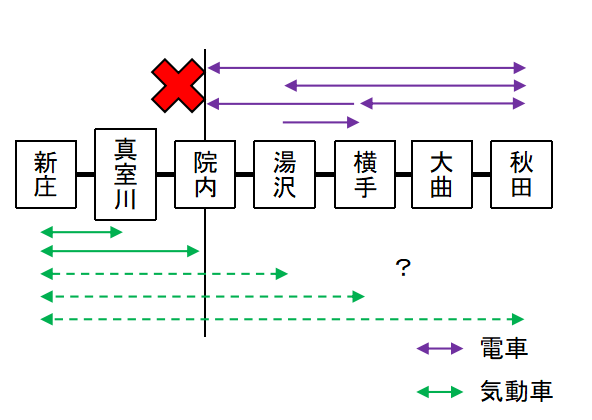
I think it is highly likely that the diesel cars that will be put into service when operations resume will mainly be in sections that can only be run by diesel cars, that is, between Shinjo Station and Innai Station, which are not electrified.
However, if all the diesel trains turn back towards Shinjo Station at Innai Station, it would be inconvenient as you would have to change trains to get from Shinjo to Yuzawa Station in the center of Yuzawa City.
If users or local governments along the line complain that it is inconvenient, the diesel car service may be extended to Yuzawa Station.
It is 16.0km from Innai Station to Yuzawa Station.
Personally, I think that if it's that long, it would be nice to be able to stretch out your legs.
Personally, I also think it would be nice to have a direct train, if not all the way to Akita Station, then at least to Yokote Station, which connects to the Kitakami Line.
We won't know what the actual schedule will be until it is announced, but the number of trains that run directly across Inai Station will be reduced (or eliminated altogether), making the Ou Main Line more inconvenient. I just hope that it doesn't lead to a situation where the number of users decreases further.
summary
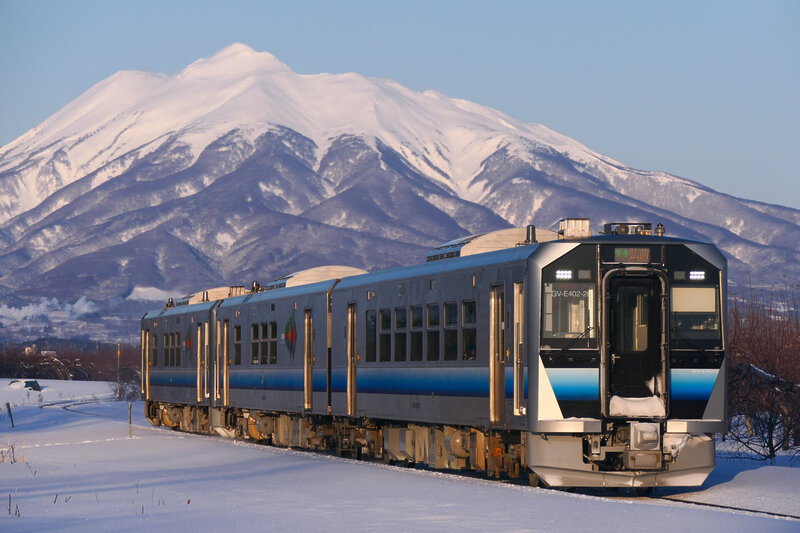
Author: MaedaAkihiko – Author's own work, CC Attribution-ShareAlike 4.0,
by https://commons.wikimedia.org/w/index.php?curid=100601792
JR East originally announced its policy to remove power equipment on local lines in 2021.
If the example of the Ou Main Line is successful, it is possible that other lines (the narrow gauge line between Innai Station and Omagari Station on the Ou Main Line and the narrow gauge line between Omagari Station and Akita Station may also be candidates) will be able to remove power equipment in the future. I think there is a possibility that it will be done.
From a hobbyist perspective, I feel a bit sad that lines that were once used by long-distance express trains are no longer electrified, but I think it will have a positive impact on maintaining local lines in the future. I sincerely hope that it will come out.


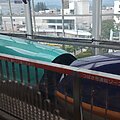




![[Daisen City, Akita Prefecture] Omagari fireworks are one of Japan's three major fireworks festivals! Enjoy the works of fireworks with the prestige of a fireworks master National Fireworks Competition (Omagari Fireworks)](https://jp.neft.asia/wp-content/uploads/2017/08/2744443_m-150x150.jpg)

![[JR East Pass Trip: Day 2 Part 1] I'm already turning back to Iwate. Our goal is Hiraizumi, a town of history! Shinkansen platform near Akita Station](https://jp.neft.asia/wp-content/uploads/2022/12/IMG_3940-1200x900-1-150x150.jpg)
![Railway version of EV? ACCUM battery train running through the Oga Peninsula [Akita Prefecture] 30469951_s](https://jp.neft.asia/wp-content/uploads/2025/04/30469951_s-150x150.jpg)
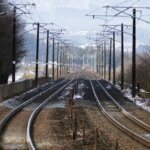
![What is Shirakawa's Seki? Shirakawa, a border town where the checkpoint was once located [Fukushima Prefecture] Shirakawa Seki destination display](https://jp.neft.asia/wp-content/uploads/2022/08/26073816_m-150x150.jpg)
![The timber rocks in Shiraishi Obara are natural phenomena, and are spectacular spots with columnar joints! [Miyagi Prefecture] FE8E1C5D-891F-4A2B-B0BB-BB4536BF6858_105_c](https://jp.neft.asia/wp-content/uploads/2023/07/FE8E1C5D-891F-4A2B-B0BB-BB4536BF6858_1_105_c-150x150.jpeg)
![The submerged forests of Lake Akiogi can only be seen from May to June! A mysterious sight with trees floating in the lake [Akita Prefecture] Submerged forest of Lake Akifan](https://jp.neft.asia/wp-content/uploads/2023/07/IMG_5033-150x150.jpg)
